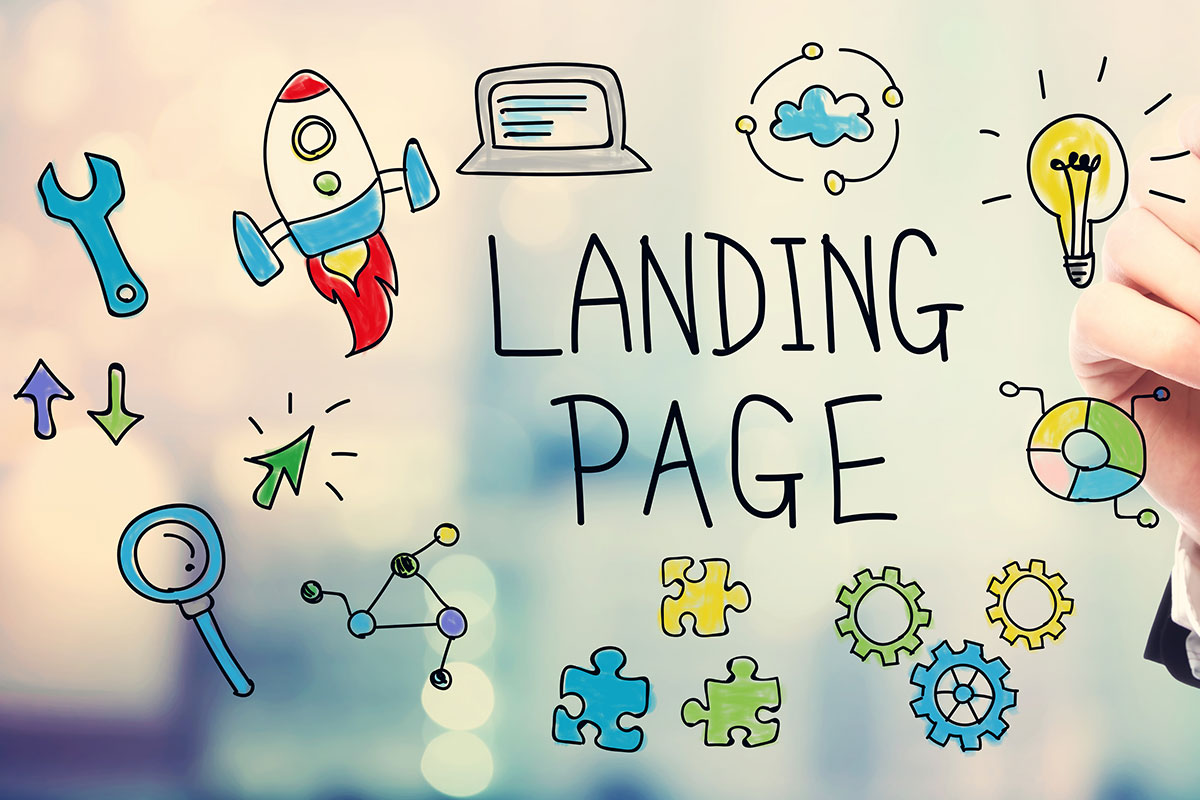
This blog explores the steps you can be taking to ensure your website converts visitors into customers
Why is this important?
55%+ of your site traffic will leave after only seeing your homepage
Having a great homepage isn’t just a luxury. It’s your first impression.
Keep the customer journey clear and simple. The more you detour the more confused your average visitor will be. You'll make it more challenging for them to identify what your company does, why they should care and prevent them from completing your desired end goal
Don't stand in your customers way, guide them.
The short attention span myth...
We in fact have short consideration spans and need to be hooked quickly, people can happily binge watch a whole season on netflix.
Don't fear long content, just make sure your first impression has the hook you need.
Primary Landing pages
The four we will focus on here are:-
- Homepage - Your catch-all page to engage visitors of every persona
- Persona landing page - Somewhere you tailor messages to a specific audiences
- Product page - Catchy exploration of one product
- Menu page - Simple streamlined order flow
Homepage
We want to plan its creation from the perspecive of a visitor's liklihood to convert. Conversion put simply:-
Conversion Rate = Desire - Effort - Confusion
In short, to increase conversion rates we must increase desire while reducing effort and confusion
Increase Desire
Attract visitors with how great your products are, how much value you provide, create intrigue
Reduce Effort
Decrease the steps your visitors perform so they don't get tired or frustrated and leave prematurely. How you ask? Be concise, every word and design element should be of value and guide to your end goals.
Reduce Confusion
Every sentence must be easy to understand. Messages should guide to the actions they should take next (e.g. register, book or buy). Make the design of your CTA (call to action) elements (e.g. buttons) unmissable. Don't use obscure or verbose messaging.
So your homepage design should not start with the visuals but:-
Stage 1 - Determine - what are my end goals?
Stage 2 - Hone your message
Stage 3 - How you will word it what are my hooks/most desirable selling points
Stage 4 - Refine text, images/animations that will convey these clearly & concisely
Stage 5 - Finally what it looks like with visuals
Selling points (aka value propositions)
A value proposition is a quality of your product that is matched with a benefit to your customer.
Let's take TillTech as an example, we pride ourselves on being automated & secure.
Quality = Automated
Benefit: Quicker output | Value Proposition: Tasks completed faster
Benefit: Greater output | Value Proposition: Get more work completed
Benefit: No human error | Value Proposition: Prevent costly mistakes
Benefit: Increased efficiency | Value Proposition: Save yourself and your teams time
Each variation is based on our core quality automation but conveys each unique benefit that is derived from this automation - unique benefits
Succinct doesn’t mean short.
It means a high ratio of ideas to words.
The Structure
We would advise starting with this structure then when its working you can then start A/B testing variations monitoring conversions
- Navbar - Logo - CTA - nav links optional
- Hero - Clear message - enticing imager more ctas
- Social Proof - testimonials, reviews, well known customers
- CTA buy / pay / register / book
- Features and Objections detailed key value props
- Repeat CTA
- Footer - Terms/links/etc


